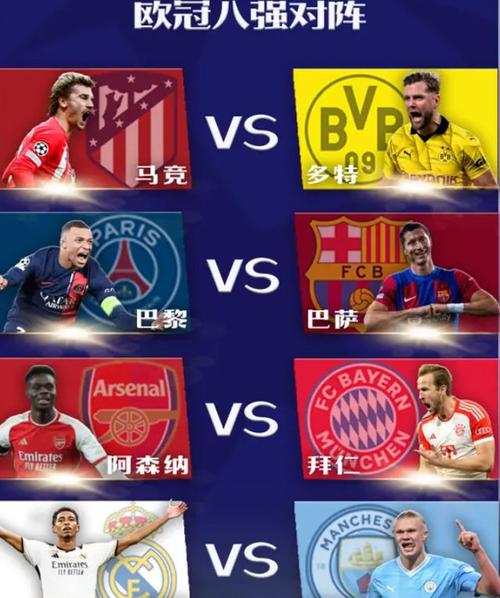UEFA Champions League Group Stage Draw
The UEFA Champions League group stage draw is a highly anticipated event in the world of football, determining the matchups and groups for one of the most prestigious club competitions globally. Here's a detailed look at how the draw typically unfolds and what it means for the participating teams:
Overview
The UEFA Champions League consists of 32 teams initially, divided into eight groups of four teams each for the group stage. These teams qualify through their performance in their respective national leagues or by winning other UEFA competitions.
Draw Procedure
1.
Pot Allocation
: Teams are divided into four pots based on their UEFA club coefficients, which reflect their recent performances in European competitions.
2.
Seeding Rules
: Each group will contain one team from each pot to ensure a balance of strength across all groups. However, teams from the same association cannot be drawn into the same group.
3.
Draw Process
: The draw begins with Pot 1, which includes the highestranked teams based on their coefficients. A team is drawn from Pot 1 and placed into one of the eight groups. This process continues with Pots 2, 3, and 4 until all groups have four teams.
Example Draw
Let's illustrate this with a hypothetical example based on previous seasons:
Pot 1
might include teams like Bayern Munich, Real Madrid, Liverpool, and Juventus.
Pot 2
could feature teams such as Borussia Dortmund, Atletico Madrid, Ajax, and Porto.
Pot 3
might include teams like RB Leipzig, Inter Milan, Olympiacos, and Shakhtar Donetsk.
Pot 4
could have teams such as Club Brugge, FC Midtjylland, Lokomotiv Moscow, and Istanbul Basaksehir.
During the draw:

Bayern Munich (Pot 1) might be drawn into Group A.
Borussia Dortmund (Pot 2) could then be placed in Group B.
RB Leipzig (Pot 3) might go into Group C.
Club Brugge (Pot 4) could end up in Group D, and so forth.
Implications
Competitiveness
: The draw aims to ensure each group has a mix of strong and emerging teams, fostering competitive matches throughout the group stage.
Travel Considerations
: Geographical factors are considered to minimize travel distances where possible, though this isn't always feasible due to the diverse origins of participating teams.
Fixture Scheduling
: Match dates are determined following the draw, with teams playing each other twice (home and away) in a roundrobin format within their group.
Conclusion
The UEFA Champions League group stage draw sets the stage for thrilling football encounters, bringing together elite clubs from across Europe. It's a pivotal moment for fans and teams alike, as it shapes their journey towards the ultimate prize in European club football. The draw's fairness and excitement add to the allure of the tournament, making it a highlight of the football calendar every year.
This process ensures a fair and competitive tournament that captivates audiences worldwide, showcasing the best of European club football.
